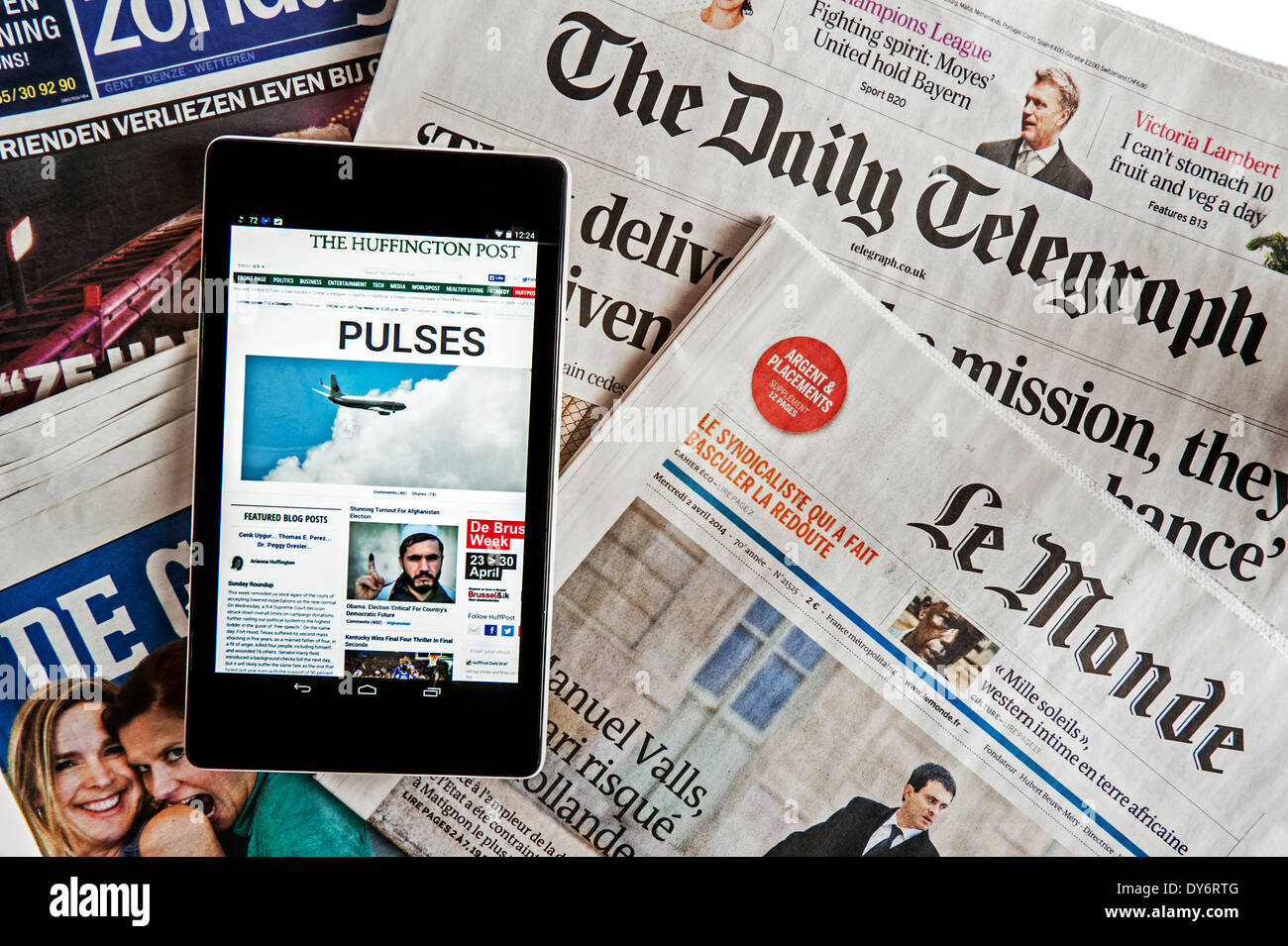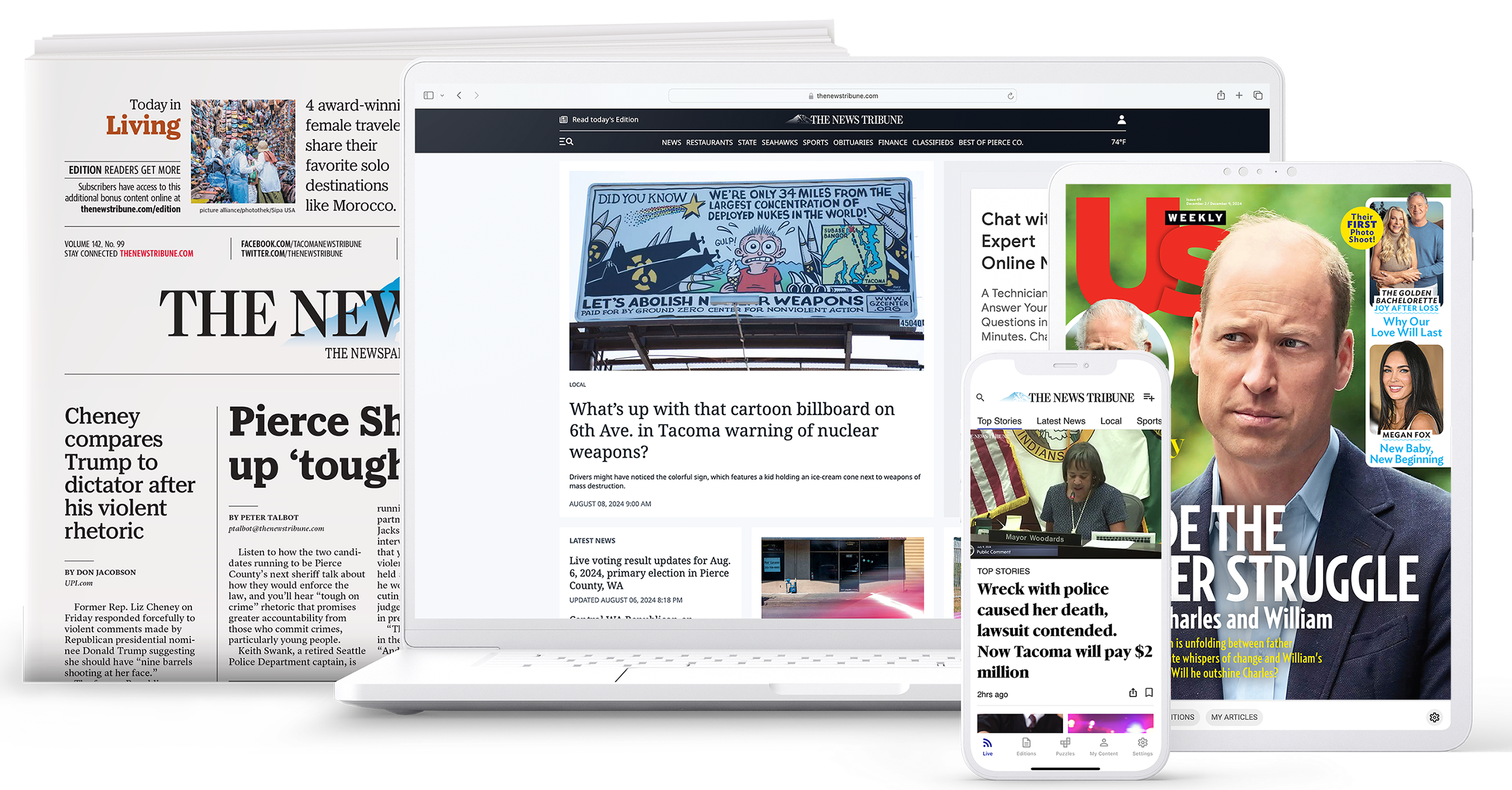The Must-Have Advice for Reading stnews.live Efficiently
Wiki Article
The Influence of Social Media en route We Eat News Online
Social network has actually essentially transformed news intake. It gives prompt access to info, usually eclipsing typical media outlets. This fast circulation comes with obstacles. Customers face the threat of encountering false information and becoming caught in resemble chambers. The algorithms driving personalized material can cover varied perspectives. As these dynamics evolve, recognizing their implications ends up being necessary for notified engagement in public discussion. What approaches might help navigate this facility landscape?The Development of News Consumption in the Digital Age
As technology advanced, the method individuals consumed news changed significantly in the electronic age (stnews.live). Conventional newspapers and transmitted media began to decline as the web became a key source of info. On the internet platforms supplied immediate access to newspaper article, videos, and podcasts, allowing customers to stay informed at any moment. The comfort of mobile devices even more accelerated this change, making it possible for individuals to receive updates on the goIn addition, the rise of news collectors and internet sites helped with the intake of diverse perspectives, empowering users to tailor their news intake based upon personal rate of interests. This evolution also prompted wire service to adjust their approaches, concentrating on digital content and appealing viewers through multimedia formats. Consequently, the standard barriers of time and area in news distribution lessened, causing an extra immediate and personalized news experience for audiences worldwide.
The Role of Social Media Platforms in News Circulation
Social media systems have changed news circulation by supplying instantaneous accessibility to information. Their algorithm-driven material curation frequently focuses on interaction over accuracy, resulting in significant reliability obstacles (stnews.live). As users navigate this landscape, the ramifications for news usage and public discourse ended up being progressively complicatedInstantaneous News Accessibility
Although standard news electrical outlets have long been the key source of details, the rise of social networks systems has actually significantly changed exactly how news is accessed and taken in. Instantaneous news gain access to has become a characteristic of the electronic age, allowing individuals to receive updates in actual time. Platforms such as Twitter, Facebook, and Instagram allow news to spread out rapidly, typically surpassing standard media in speed and reach. Customers can share stories, talk about events, and engage with reporters, creating a dynamic interaction in between the target market and news material. This immediacy cultivates a society of necessity, motivating users to look for information swiftly. Consequently, the expectation for timely news has actually reshaped journalistic practices, engaging news organizations to adjust their techniques to satisfy the demands of a busy electronic setting.Algorithm-Driven Content
While customers proactively engage with material on social media, the formulas that govern these systems play an essential role in figuring out which newspaper article acquire visibility. These algorithms analyze individual habits, preferences, and interaction metrics to curate individualized news feeds. Therefore, specific stories may be enhanced while others continue to be odd, usually focusing on marvelous or trending topics over substantive reporting. This discerning direct exposure shapes users' assumptions of existing events and influences public discussion. In addition, the dependence on algorithm-driven material can produce echo chambers, where customers are generally exposed to viewpoints that align with their own beliefs. The dynamics of news distribution on social media platforms substantially influence exactly how individuals eat and translate information in the electronic age.Reputation Difficulties
As customers increasingly turn to social media for news, the reputation of details experienced on these systems becomes a pressing issue. The decentralized nature of social networks allows anybody to release content, usually blurring the lines in between dependable journalism and misinformation. Algorithms prioritize engagement over precision, resulting in the prevalent dissemination of marvelous or misleading stories. This atmosphere poses substantial challenges for individuals attempting to discern trustworthy sources. Social network systems, while seeking to battle false information with fact-checking and web content small amounts, face criticism for inconsistencies and biases in their techniques. Inevitably, the responsibility lies with individuals to seriously evaluate the news they take in, as the fast spread of details usually outmatches confirmation efforts by platforms.The Increase of Person Journalism and User-Generated Web Content
The rise of citizen journalism has equipped everyday people to share news and point of views, typically offering insights that typical media might forget. Nonetheless, this shift likewise presents substantial obstacles, especially the spread of false information that can occur from unverified content. As user-generated web content comes to be more widespread, the equilibrium between authentic voices and precision in reporting stays a critical issue.Equipping Daily Voices

Challenges of Misinformation
While the rise of resident journalism has actually opened methods for diverse voices in the media landscape, it has actually additionally introduced significant difficulties associated to misinformation. The simplicity of sharing information via social media sites systems allows people to share news rapidly, but this rapid spread typically comes with the expense of accuracy. User-generated content often does not have the strenuous fact-checking and editorial oversight that conventional journalism gives. Consequently, sensationalized or false narratives can acquire traction, misdirecting audiences and forming public perception (stnews.live). The mixing of opinion and fact within social media makes complex the distinction in between reliable info and false information. Consequently, customers need to browse a progressively complicated media environment, calling for essential thinking skills to discern trustworthy news resources amidst the noise
Misinformation and Its Ramifications for Public Discussion
As social media sites systems increasingly control the landscape of details circulation, the expansion of misinformation poses substantial challenges for public discourse. Misinformation, often designed to misinform or prompt psychological feedbacks, can misshape perceptions of truth and threaten trust fund in qualified sources. This sensation causes polarized viewpoints, as individuals move in the direction of resemble chambers that reinforce their beliefs, even more setting departments within culture.The implications for public discourse are profound. When citizens count on false information, significant dialogue reduces, and the autonomous process experiences. False information can incite worry and confusion, impacting public health, safety, and political security. Because of this, promoting media proficiency comes to be important, equipping individuals to critically assess info and determine truth from fiction. Addressing the difficulties presented by false information is critical for maintaining the honesty of public discussion and ensuring a knowledgeable people efficient in engaging in positive conversations.
The Influence of Algorithms on News Presence
Given the main role of algorithms in establishing material presence, their influence on news consumption is extensive. These algorithms, used by social networks platforms, prioritize certain kinds of web content based on individual interaction and preferences. Because of this, newspaper article that straighten with popular fads or target market rate of interests are most likely to be shown prominently, while less astonishing stories may be overlooked. This develops a setting where individuals are exposed largely to info that reinforces their point of views, possibly resulting in echo chambers.Additionally, the continuous advancement of algorithms implies that wire service must adapt their methods to line up with these transforming parameters, usually focusing on clickbait or emotionally billed headlines. The integrity of news reporting more info here can be endangered, as vital tales might not receive the visibility they should have. The mathematical shaping of news visibility for that reason plays a necessary duty in affecting public assumption and understanding of present occasions.
The Shift Toward Aesthetic Storytelling in News Media
Significantly, news media is accepting visual narration as an effective tool to engage audiences. This method leverages photos, videos, infographics, and interactive elements to share information better than conventional text-based formats. As focus spans reduce, visuals supply a fast, impactful means to connect complex tales and get hold of viewers' rate of interest.Platforms like Instagram and TikTok have further accelerated this trend, compelling wire service to adjust their content techniques to fit these visually-driven atmospheres. By including engaging visuals, news electrical outlets can boost emotional links and foster better understanding of topical concerns.
Visual storytelling permits for more diverse narratives, showcasing multiple perspectives through vibrant discussions. As audiences increasingly eat news with mobile gadgets, the shift towards visuals not just accommodates customer choices but additionally assists to break down obstacles to information gain access to. Eventually, this advancement mirrors visit this website a wider makeover in exactly how news is produced and eaten in the electronic age.
Future Trends: Navigating the Transforming Landscape of News Intake
While the digital landscape continues to evolve, news consumption is poised for significant transformation driven by arising innovations and transforming audience actions. As fabricated intelligence and machine understanding advance, individualized news feeds will certainly end up being extra widespread, allowing individuals to obtain material customized to their interests. This personalization might bring about higher involvement however additionally raise problems regarding echo chambers and false information.Additionally, the rise of voice-activated gadgets and clever speakers will influence exactly how news is supplied, shifting the focus from visual to acoustic layouts. This pattern might urge wire service to adopt more succinct and appealing audio content.

Regularly Asked Inquiries
Exactly How Do Social Network Interactions Affect News Reliability?
Social network interactions can substantially affect understandings of news reputation. Engagement metrics, such as likes and shares, frequently form audience trust fund, with preferred blog posts acquiring viewed authenticity, regardless of the precision or reliability of the details presented.What Duty Do Influencers Play in Shaping News Narratives?
Influencers significantly shape news stories by leveraging their platforms to enhance particular stories, often customizing material to their target market. This can cause biased point of views, influencing public understanding and prioritizing sensationalism over factual reporting.How Can Users Identify Reliable News Sources on Social Media?
Users can identify reliable news sources on social media sites by inspecting the source's credibility, validating realities through multiple outlets, examining the professionalism of the web content, and acknowledging prospective predispositions in reporting to assure accurate information.What Effect Does Social Network Carry Traditional Journalism Jobs?
Social network substantially influences traditional journalism tasks by altering earnings models, decreasing need for print media, and cultivating competition from resident journalists. Several professionals face task insecurity and need to adapt to swiftly altering media landscapes.How Do Different Demographics Consume News on Social Media Site?
Various demographics show different choices for news usage on social media sites. Younger audiences favor systems like TikTok and Instagram for quick updates, while older individuals often tend to choose Facebook and Twitter for much more thorough discussions and posts.Report this wiki page